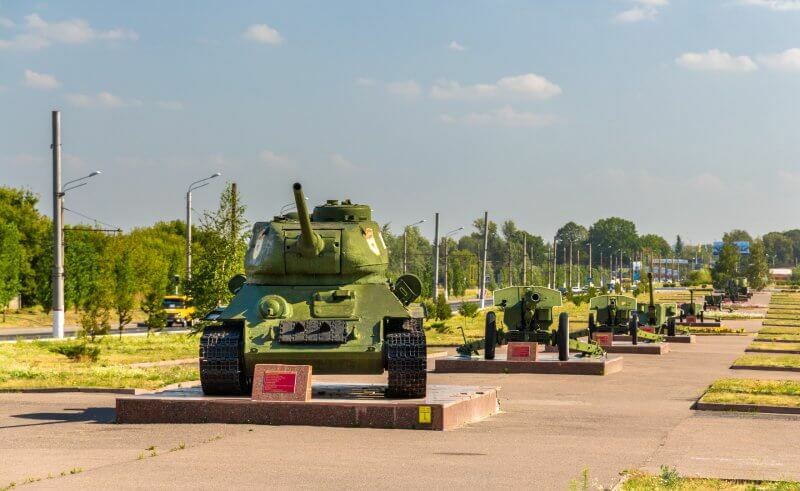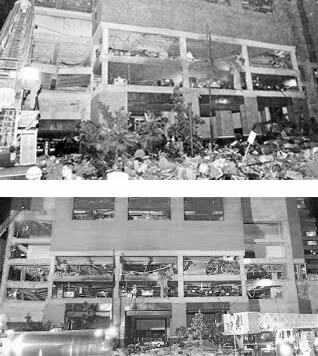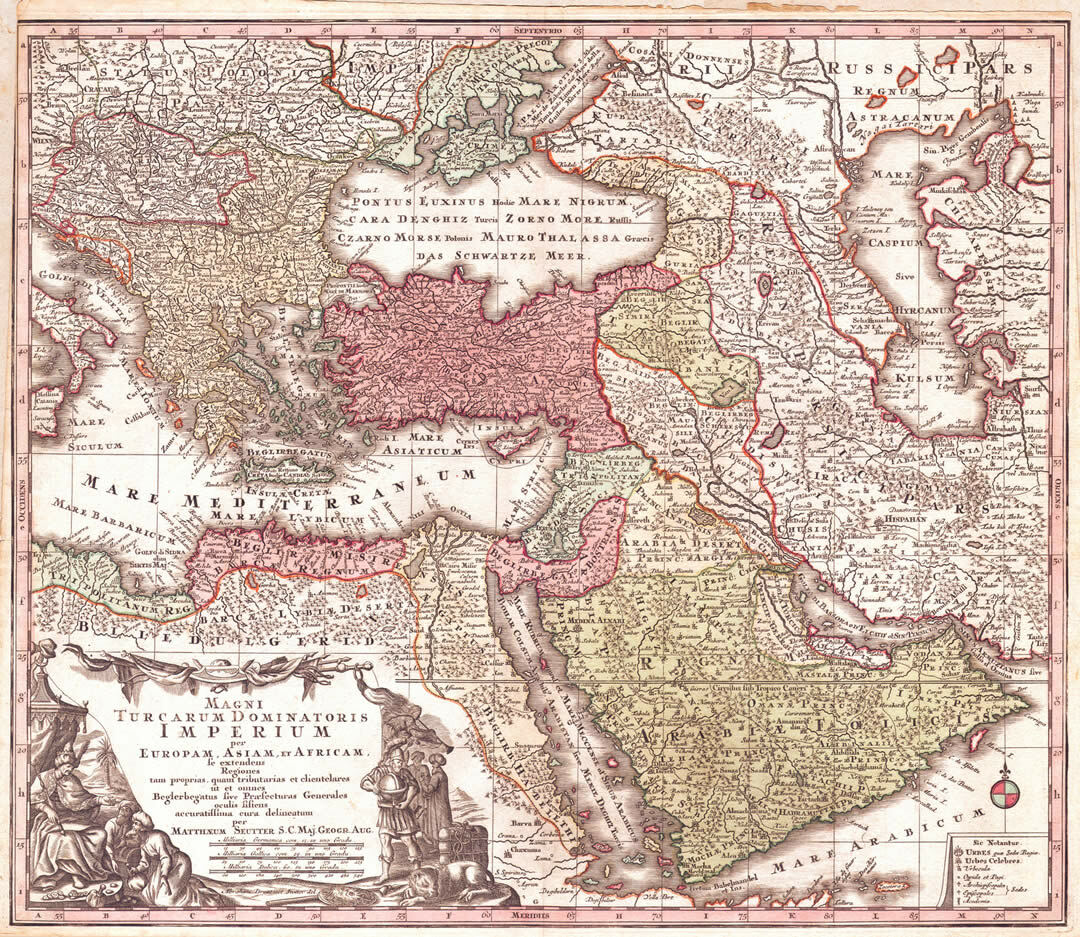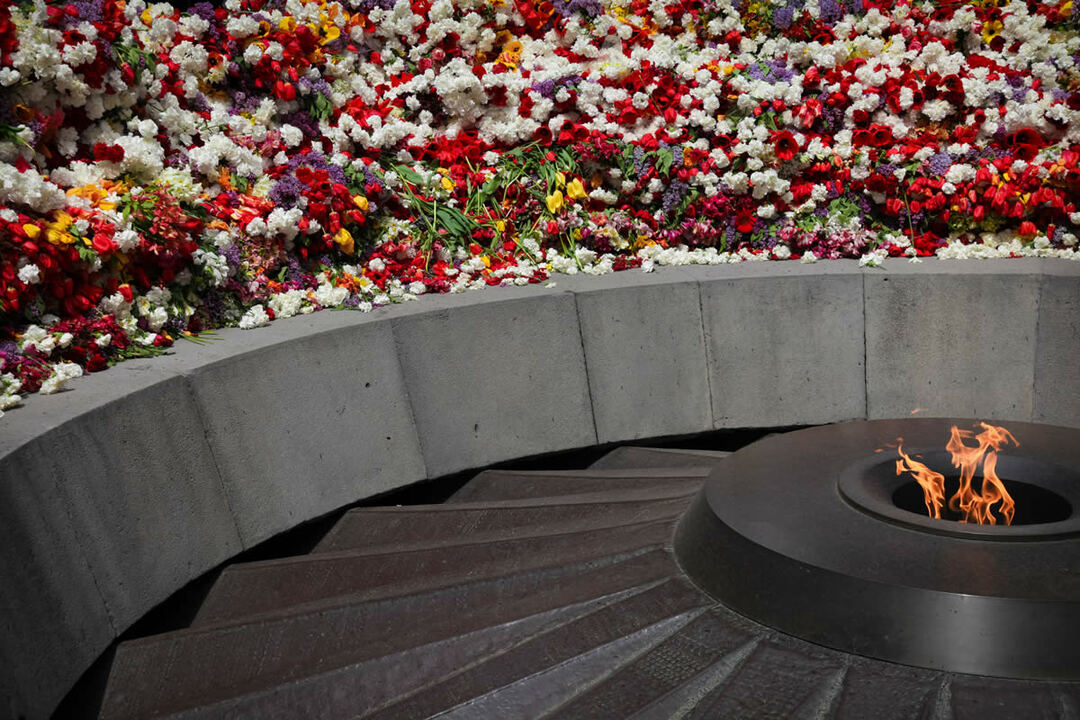Definition of Battle of Kursk
Miscellanea / / July 04, 2021
By Guillem Alsina González, in Dec. 2017
 Although some modern historians have qualified the numbers of armored vehicles that intervened in this confrontation on the eastern front during the Second World War, the battle of Kursk (town of Russia) is still considered to be the largest tank battle fought throughout history.
Although some modern historians have qualified the numbers of armored vehicles that intervened in this confrontation on the eastern front during the Second World War, the battle of Kursk (town of Russia) is still considered to be the largest tank battle fought throughout history.
The Battle of Kursk (July-August 1943) pitted the German Army forces against the Red Army, placing special emphasis on the use of armored weapon by both sides.
Baptized by the Germans as Operation Zitadelle (Citadel, in German), was the response to the German defeat at Stalingrad during the winter above, and its objective was to eliminate the Kursk salient, which, in addition to forming a dangerous inlet that sank into the German front, it also made the front line a few kilometers longer, with a consequent increase in men and material to control it.
Furthermore, the conflagration was the last attempt by the German army to take the offensive on the eastern front (from from here, he would always fight defensively), and it became the penultimate major attack before the Battle of the Ardennes.
The Wehrmacht deployed about three-quarters of a million men, more than 4,000 tanks, and more than 2,000 aircraft, to which the Red Army responded with more than 5,000 tanks, some 1,600 aircraft, and nearly two million mens.
Among the tanks that the Germans deployed were the Tiger I and the new Panthers.
It was the Germans who would strike, but they would do so against a Soviet defense in depth, which had been conceived on three different lines. These lines consisted of anti-tank trenches, minefields, and anti-tank artillery mainly, to stop the advance of the panzer.
The objective of this Soviet order of battle was to initially wear down the German attack, exhausting it for the work and losses of penetrating each of the lines, to go on the counterattack later.
In the early morning of July 5, 1943, the Germans attacked the Kursk salient from the north and south of the city (cities of Oriol and Kharkov respectively, both in German hands).
The battle unfolded following Soviet forecasts with the German attack from the north and south points being stopped by the fierce Russian defenses.
 Especially harsh were the actions in Prokhorovka, a city located south of Kursk, in which the three Waffen-SS divisions taking part in the battle, with various armored corps Soviets.
Especially harsh were the actions in Prokhorovka, a city located south of Kursk, in which the three Waffen-SS divisions taking part in the battle, with various armored corps Soviets.
The confrontation at Prokhorovka happens to be the only combat action with the highest concentration of tanks.
The concentrations of tanks were accompanied by large concentrations of aviation, especially light bombers and attack aircraft. I usually, like the fearsome Stuka of the Luftwaffe, or the Soviet Sturmovik, suitable for so many concentration of armored media.
Although the Soviets had to leave the battlefield in Prokhorovka, they left the German troops so depleted that they could not continue the offensive.
In this stalemate situation of the Germans, unable to properly pierce the fierce Russian defensive line, it occurred in Sicily the allied landing, which forced the German high command to stop the offensive and withdraw troops to send them to the peninsula Italian.
This was the deadly thrust to the initiative German, as it facilitated the counterattack to the Red Army, which Oriol and Kharkov reconquered over the following weeks.
Kursk was the singing of the swan of the German offensive machine in the east. From this defeat, the Wehrmacht had to continue fighting defensively for the remainder of the war, at least on the eastern front.
Human and material losses were higher for the Soviets, but they had a higher ease of replenishing them, given the great difficulties that Germany experienced in replenishing soldiers and material.
Photos: Fotolia - Leonid Andronov / NNV
Themes in Battle of Kursk


